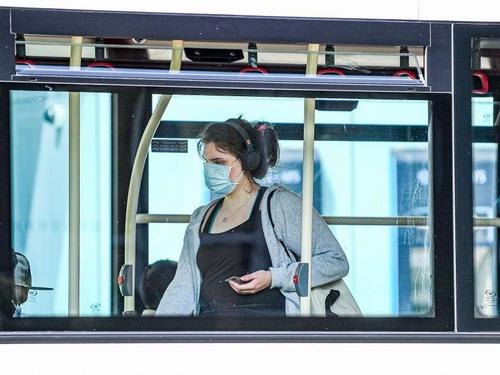Researchers from 32 different countries working in the fields of virology, aerosol physics and epidemiology presented evidence suggesting that tiny particles containing the virus can become suspended in the air.
“We wanted them to acknowledge the evidence,” said Jose Jimenez, a chemist at the University of Colorado who was one of the signatories of the letter.
Officials at the World Health Organisation (WHO) have acknowledged there is “evidence emerging” that Covid-19 can spread through the air in enclosed spaces.
The health body insists, however, that the main way the infection spreads is through droplets discharged from the body when people cough, sneeze or shout.
“We have been talking about the possibility of airborne transmission and aerosol transmission as one of the modes of transmission of Covid-19,” Maria Van Kerkhove, technical lead on the pandemic at the WHO, said at a briefing on Tuesday.

“The possibility of airborne transmission in public settings – especially in very specific conditions, crowded, closed, poorly ventilated settings that have been described, cannot be ruled out.”
It comes just days after a group of 230 scientists wrote an open letter to the WHO urging the body to update its guidance.
“This is definitely not an attack on the WHO. It’s a scientific debate, but we felt we needed to go public because they were refusing to hear the evidence after many conversations with them,” he added.
The WHO said it would evaluate the preliminary evidence and urged people to continue to practise social distancing and the wearing of face masks where appropriate, such as on buses and trains.
Dr David Nabarro, WHO director-general, said on Wednesday that airborne transmission of the novel disease was not the main way it spread.
Speaking on the BBC’s Today programme, he said: “In the kind of work we do, we have to tell people what is the major cause of a problem, and then we also have to be clear that there may be other causes.
“The major way in which this virus is transmitted is through droplets that come out when you cough, sneeze or even shout.
He added: “But there does seem to be the possibility that very small particles containing virus can move further, and that’s what we call airborne spread.
“It certainly is part of the puzzle… the key question is just how important is it? Right now, we don’t think it is the major means of transmission.”



